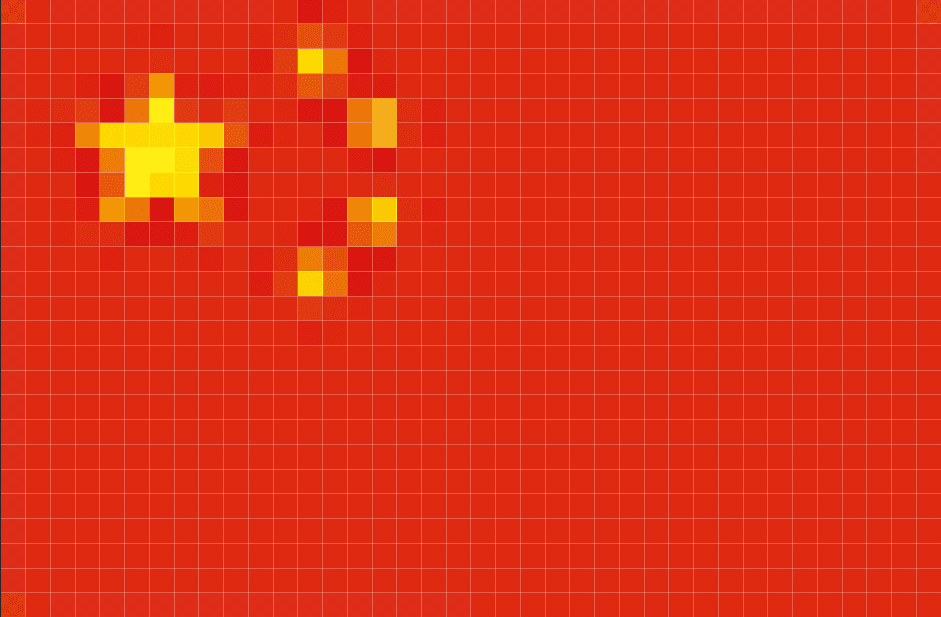your cart
Your cart is empty.
Katsuobushi is the backbone of Japanese cooking. It is a flake made from dried fermented fish and provides a strong umami flavour that is essential for a variety of Japanese meals such as okonomiyaki or sprinkled on top of tofu for a distinct delectable taste. It also has the dubious distinction of being the world’s hardest food – there are videos of the stuff being used to hammer in nails!
Katsuobushi comes from the Japanese word katsuo, referring to the type of fish used to make the flakes. Katsuo in English is known as the skipjack tuna, or occasionally as the bonito – which is also where you get the name ‘bonito flakes’ from, another way of talking about katsuobushi.
How do you make katsuobushi?
The flakes are produced in many different ways, with regional variations across Japan. However, there is a fundamental ‘simple’ way of making katsuobushi that links all these variations.
First, the tuna is cut into four fillets, deboned, and cooked on a simmer. Then, the fish is smeared with a fish paste to create a smooth surface where the bones and cracks in the skin used to be. The fish is then left to smoke for a few hours a day, every day, for anywhere between a couple of weeks and a month. By the end, the fish becomes a completely hardened husk of its former self.
Next, the fish is shaved into the right shape, then sprayed with a fungus called Aspergillus glaucus, its named derived from the ‘aspergillum’, a holy water sprinkler used in religious ceremonies, because of its shape under the microscope. Traditionally, aspergillus grows in a variety of different foods including corn, wheat, fish, butter, and more, so it is not difficult to obtain for those who know where to look. If katsuobushi does not get sprayed with the fungus, it is called arabushi and is a cheaper variety of food. Typically though, the mould will sit on the fish for around six months. The longer the mould remains on the product, the better the quality.
Once you remove the mould, katsuobushi is shaved down into fine strips and flakes to use as flavouring for miso, udon, tofu, or stock.
Where do you get katsuobushi from?
Katsuobushi is a Japanese speciality. Many of the ingredients were originally only found in Japan, and the complex and unique cooking method means it is special to the country.
Over 90% of all katsuobushi is produced either in Shizuoka in the southern tip of Japan, or in Kagoshima, next to Mt Fuji. However, there are regional variations all over Japan of the fish, with tens if not hundreds of thousands of tonnes of the stuff made every year.
However, the number of katsuobushi producers is decreasing, as the process becomes more and more mechanised. Knives and special Katsuobushi kezuriki (wood boxes with a sharp blade for cutting off shavings of katsuobushi) were traditionally necessary because of how difficult it was to break the hardened fish husks into edible shavings. Now, larger companies are able to bring out higher quality products. This change is deeply affecting Japanese culture – a plotline in the popular drama O-Sen involves the main characters worry that they will have to close their inn if their local katsuobushi supplier shuts down because they will not be able to make the unique tasting food without them.
There is an additional problem importing katsuobushi from abroad: the use of mould. Under EU rules, mouldy foods cannot be exported from Japan into EU based countries. As a result, in Switzerland and France a few businesses have opened to supply European demand for the produce, and ‘cheats’ that use loopholes in existing regulation have led to some companies being able to import katsuobushi into EU states.
What does katsuobushi taste like?
Since it is dried and shaved very thin, it looks and feels almost like paper. However, the second the shaving touches your tongue, the smoky umami flavour that has developed and intensified over months of cultivation explodes – like sucking on a cube of high-quality jerky bouillon or gourmet beef jerky.
Despite being made out of fish, the flavour is more meaty than fishy. If you have drunk miso soup before, you will recognise the taste immediately!
What do you eat with katsuobushi?
There are lots of different ways to eat katsuobushi shavings.
The most fundamental way of incorporating katsuobushi to your dishes is as part of a dashi stock alongside kombu, iriko, and shiitake mushrooms. Awase Dashi is the simplest type of Dashi stock which can be used in most dishes and only requires kombu and katsuobushi flakes (though you should not use bonito flakes when you are making a more delicate dish like Clam Soup, avoiding overpowering the flavours). You can use Awase Dashi to make a robust and warming miso soup.
One of our favourite ways is on top of okonomiyaki, as the shavings seem to ‘dance’ from the heat on top of the pork belly. The taste is very intense, and is definitely worth making to treat your taste buds!
Finally, katsuobushi is delicious sprinkled over rice. We like to make katsuobushi furikake to use as a condiment because it is extremely easy to make with leftover bonito flakes from miso soup and only requires a little mirin, soy sauce, sesame and sugar mixed together to create the dish.
If you are looking to make any Japanese dishes or cook with katsuobushi, we have an amazing collection of ingredients at our Japanese supermarket online.
this site uses cookies
We and our advertising partners use cookies on this site and around the web to improve your website experience and provide you with personalised advertising from this site and other advertisers. By clicking allow, you accept the placement and use of these cookies for these purposes. Learn More



